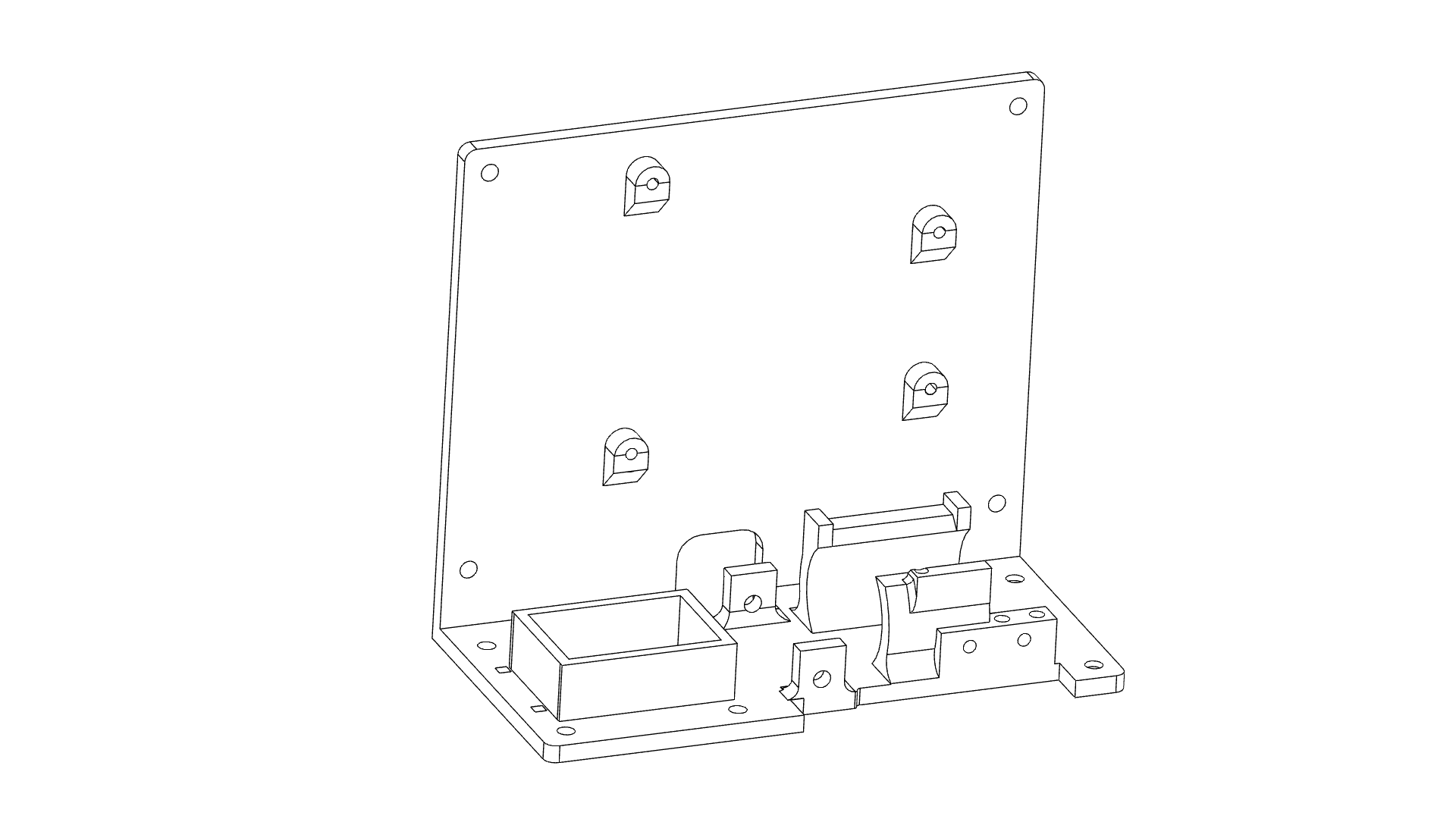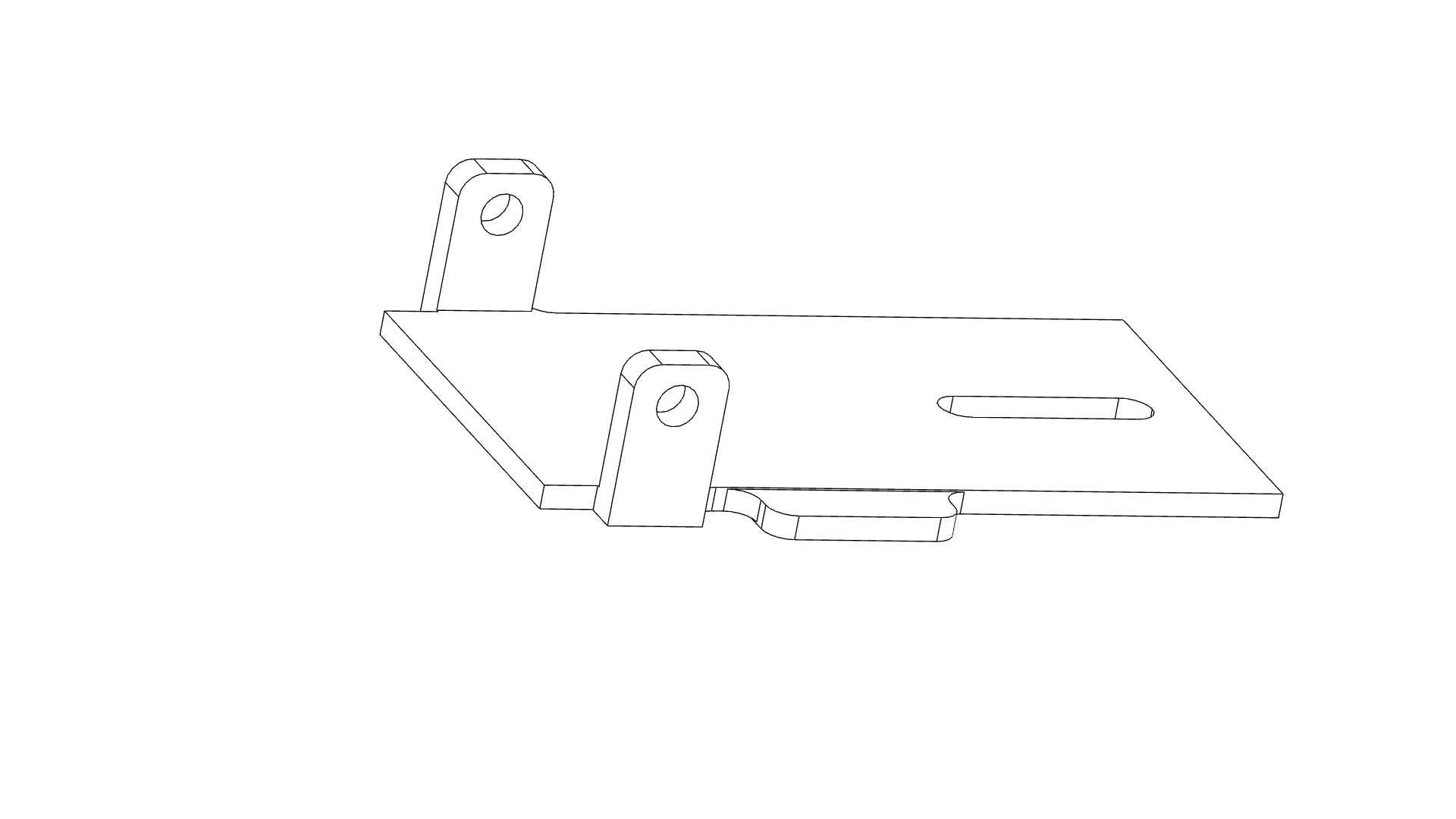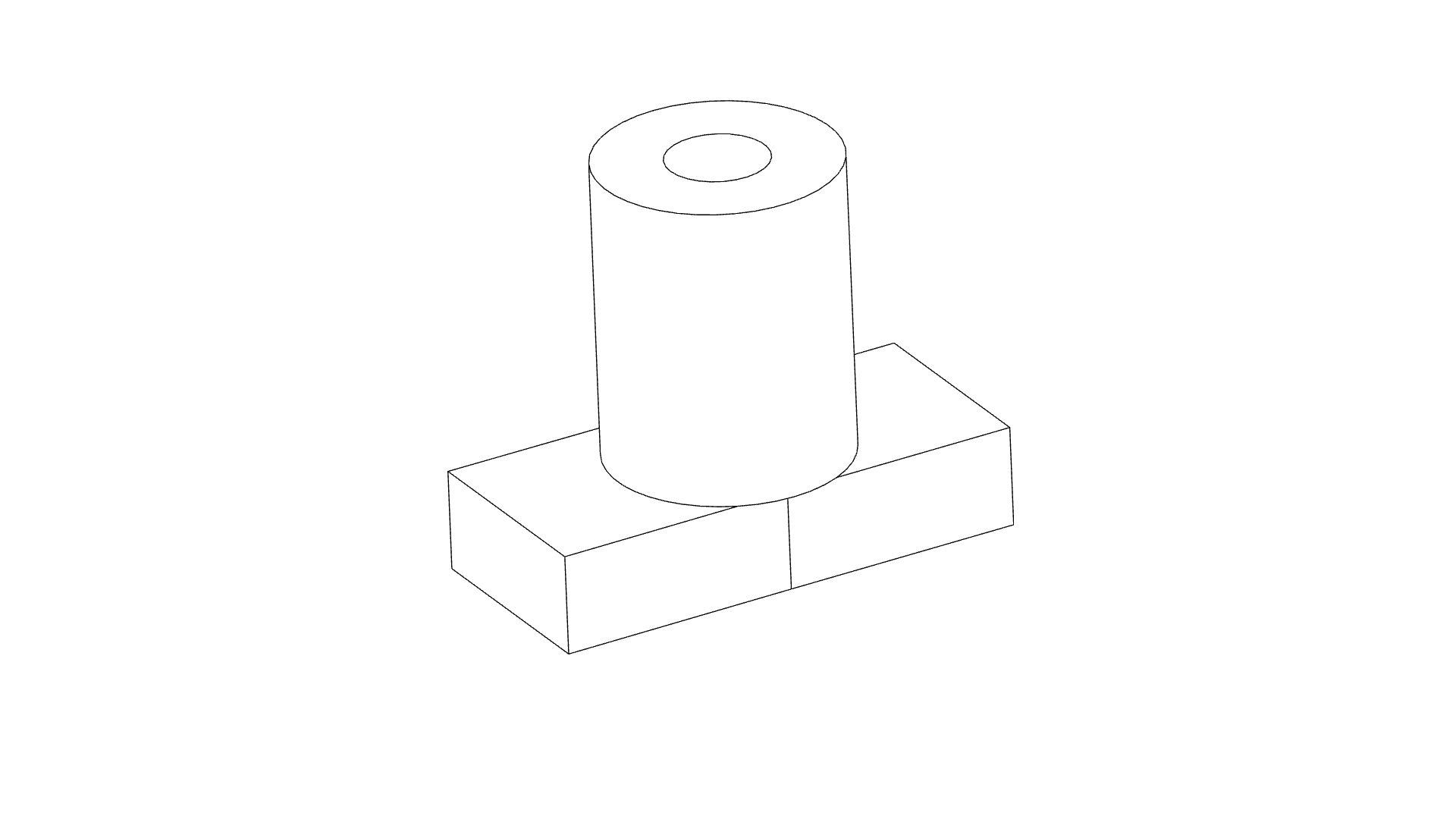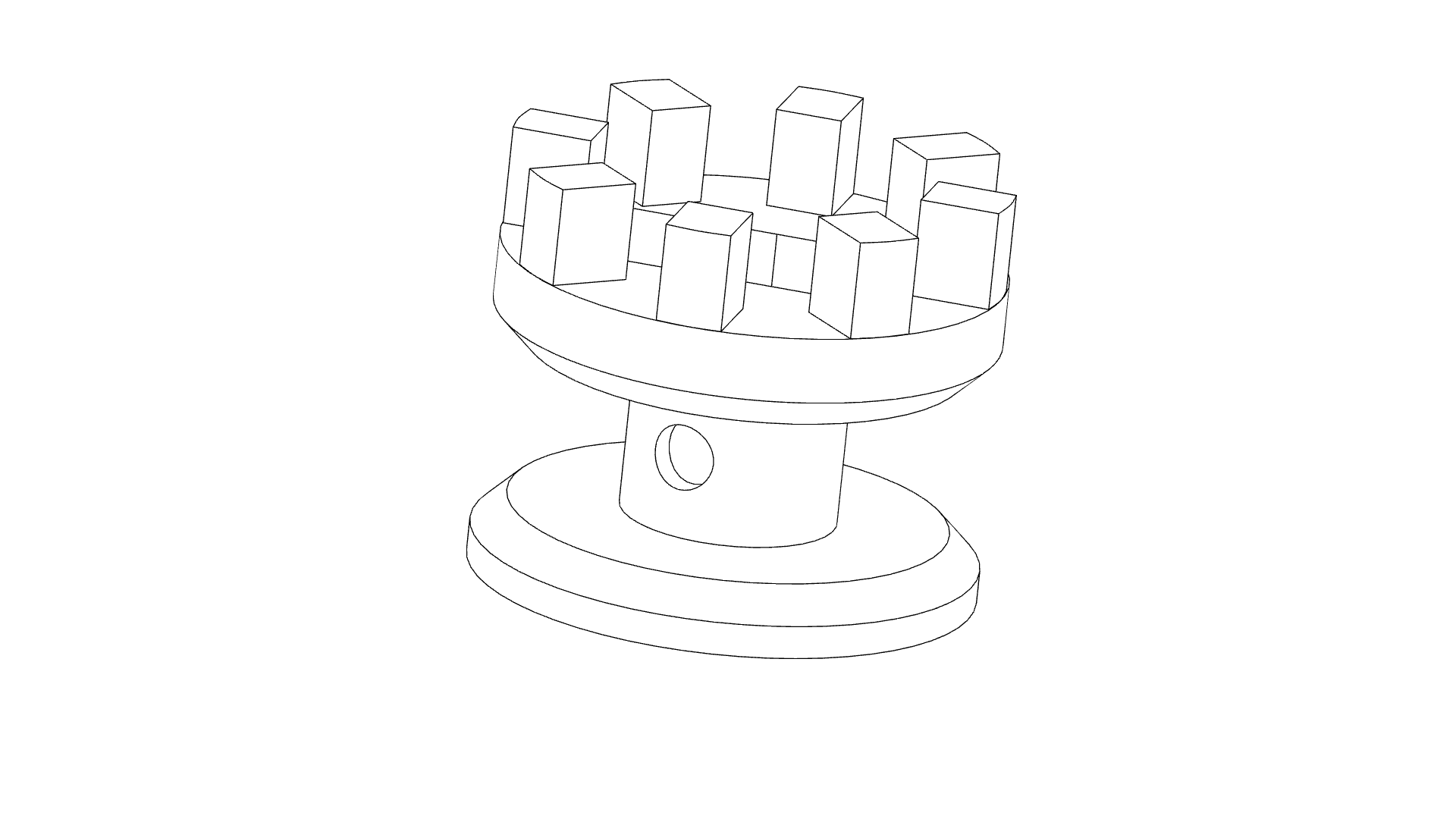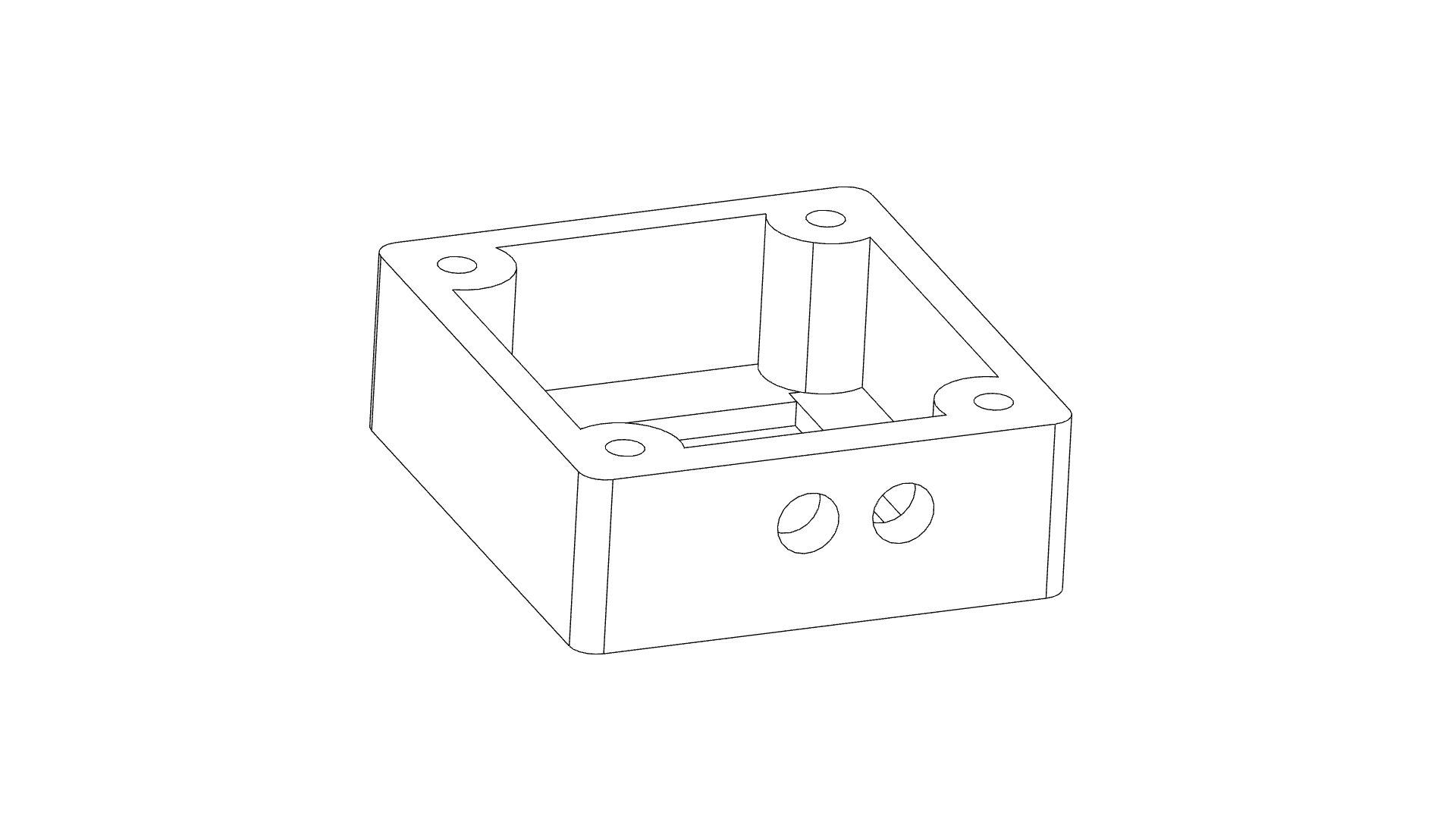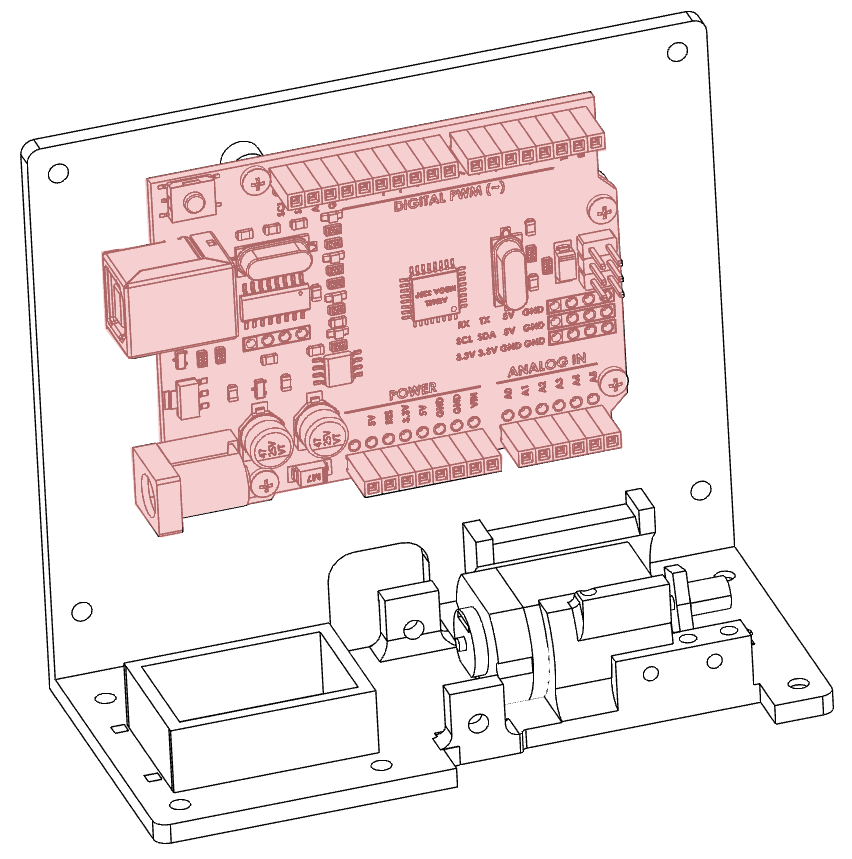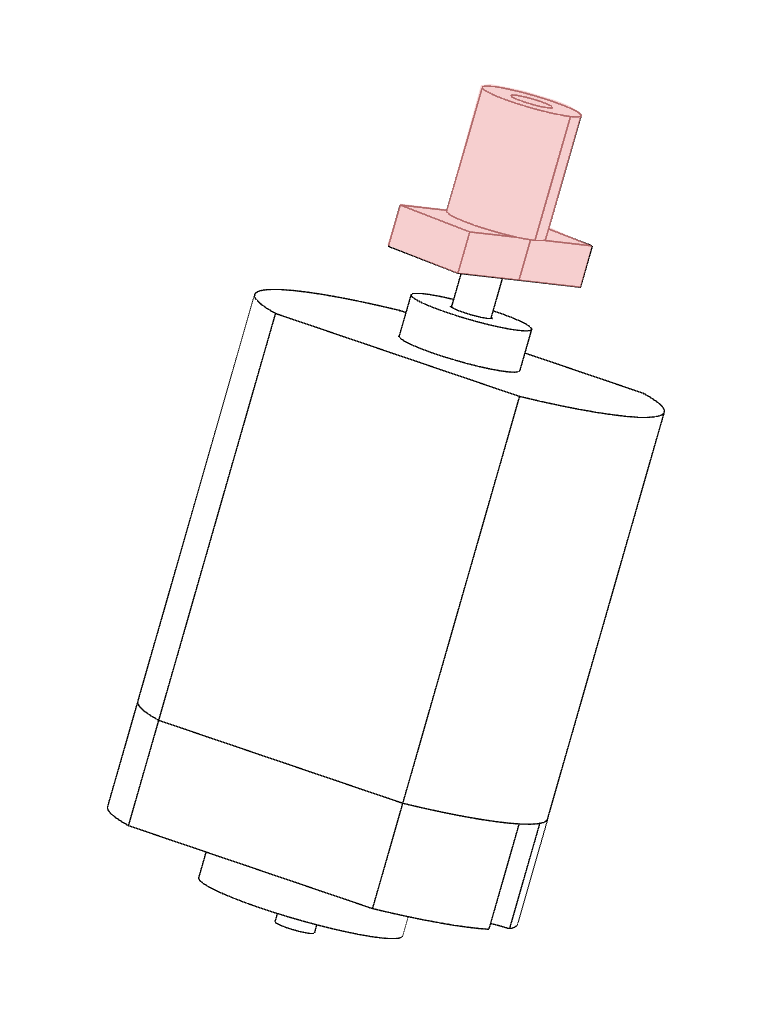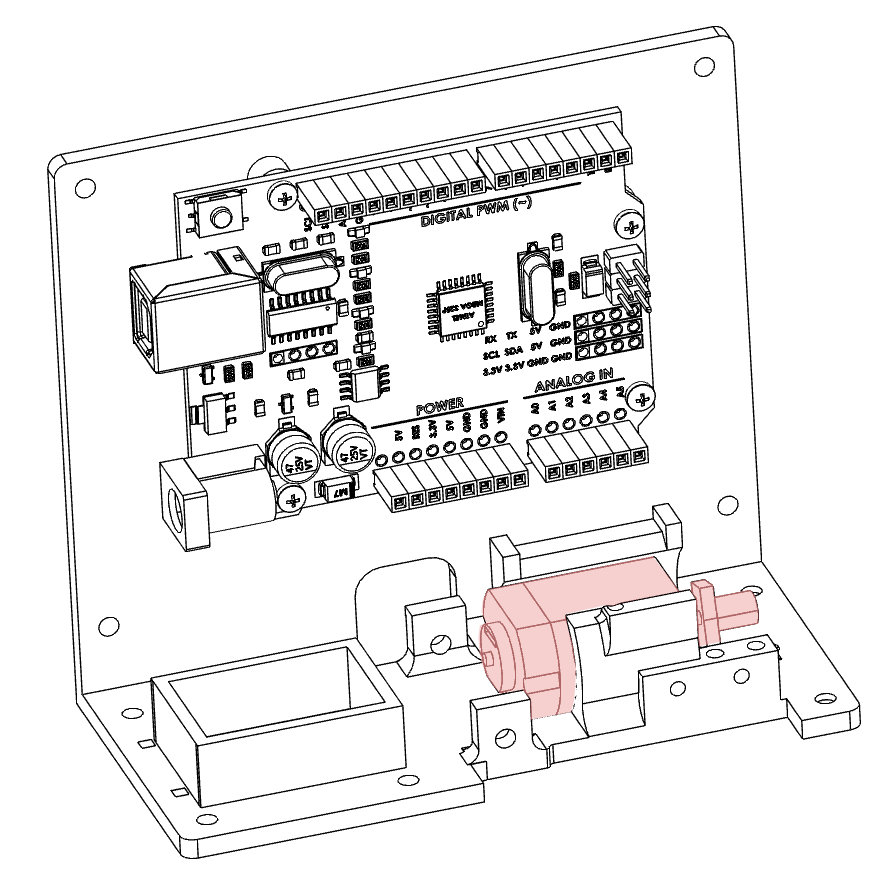The project has STLs if you have access to a 3D printer or templates for cutting out on wood or a laser template for laser cutting.
If you are new to Arduino this is the perfect project to build something and see a practical outcome.
All the code is included and the parts should be readily available throughout the world.
See it in action below.
 jasonwinfieldnz
jasonwinfieldnz